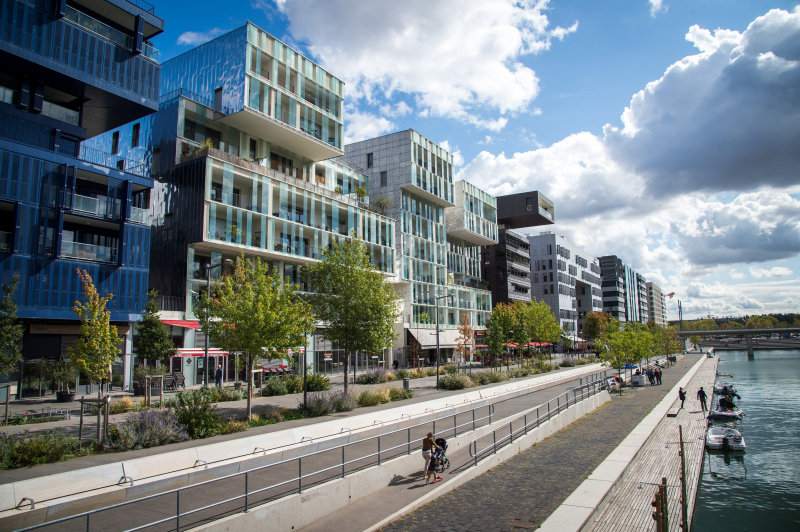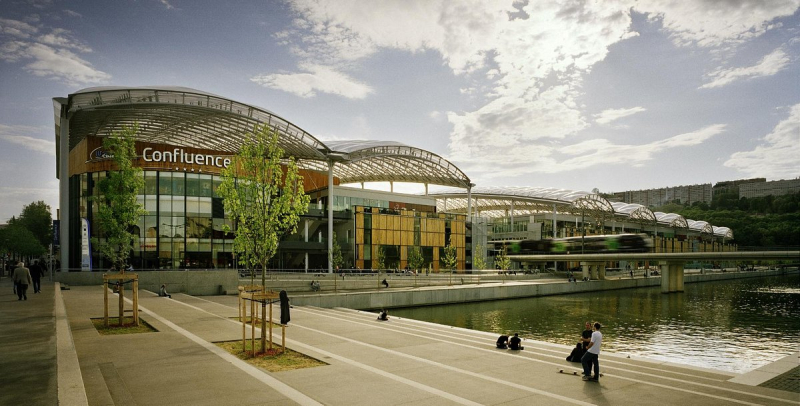The Confluence

The Confluence neighborhood served as Lyon's former industrial hub, housing the city's wholesale market, industries, jails, and Port Rambaud, which brought products into the city by way of the river. The Confluence's urbanization project has revived the neighborhood and assisted in the city's expansion southward after the gradual closure of its manufacturers in the late 20th century. Leading figures in the world of architecture, like Massimiliano Fuksas, Kengo Kuma, and Christian de Portzamparc, have enhanced the region's outstanding structures. This eco-district, which is a hub for ecological innovation, has a unique blend of structural audacity and sustainable growth.
What if everything you could ever need was just a few blocks from your house? One of the ambitious objectives of the Confluence city center is to build a completely sustainable urban neighborhood. The newest area of the city, less than one square mile of land where the two rivers of Lyon meet, was established in 2005 and has since continued to expand. It is clear from the numerous solar panels and transparent walls that the urban experiment's objective is to develop a future-oriented, cooperative living environment. All social classes can be found living, working, eating, shopping, and having fun here. The Musée des Confluences, constructed in 2014, provides answers to queries regarding Lyon's anthropological past. Do explore the airy shopping center (it has ceilings but no walls), and unwind in the open spaces next to the rivers where you can have a good view of the modern buildings. You could forget you're in one of the oldest cities in France after a day spent in "utopia.











